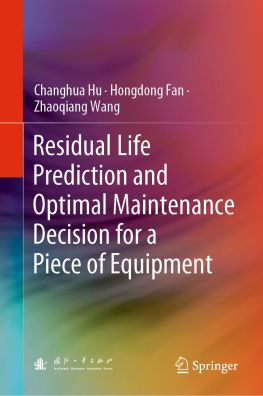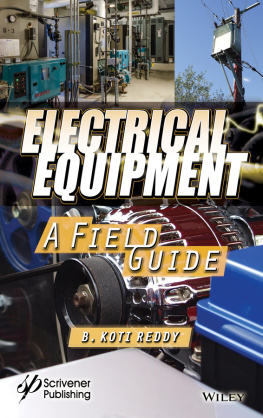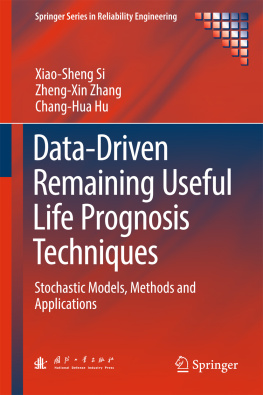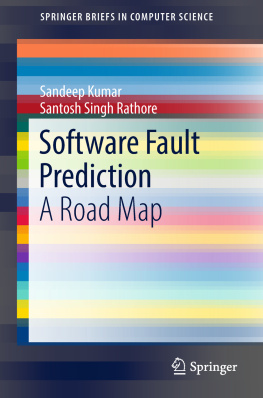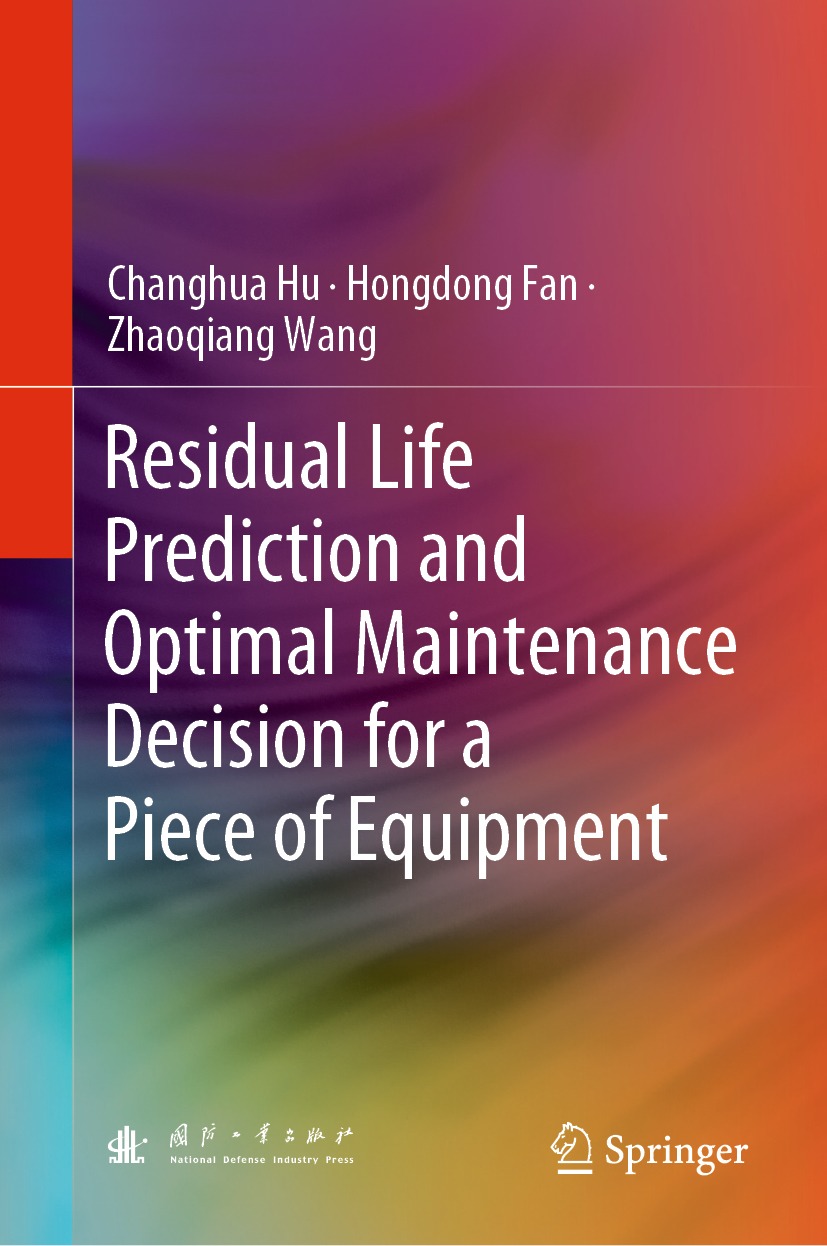Changhua Hu
Xian Research Institute of High-Technology, Xian, Shaanxi, China
Hongdong Fan
Xian Research Institute of High-Technology, Xian, Shaanxi, China
Zhaoqiang Wang
Xian Research Institute of High-Technology, Xian, Shaanxi, China
ISBN 978-981-16-2266-3 e-ISBN 978-981-16-2267-0
https://doi.org/10.1007/978-981-16-2267-0
Jointly published with National Defense Industry Press
The print edition is not for sale in China (Mainland). Customers from China (Mainland) please order the print book from: National Defense Industry Press.
National Defense Industry Press 2022
This work is subject to copyright. All rights are reserved by the Publishers, whether the whole or part of the material is concerned, specifically the rights of reprinting, reuse of illustrations, recitation, broadcasting, reproduction on microfilms or in any other physical way, and transmission or information storage and retrieval, electronic adaptation, computer software, or by similar or dissimilar methodology now known or hereafter developed.
The use of general descriptive names, registered names, trademarks, service marks, etc. in this publication does not imply, even in the absence of a specific statement, that such names are exempt from the relevant protective laws and regulations and therefore free for general use.
The publishers, the authors, and the editors are safe to assume that the advice and information in this book are believed to be true and accurate at the date of publication. Neither the publishers nor the authors or the editors give a warranty, express or implied, with respect to the material contained herein or for any errors or omissions that may have been made. The publishers remain neutral with regard to jurisdictional claims in published maps and institutional affiliations.
This Springer imprint is published by the registered company Springer Nature Singapore Pte Ltd.
The registered company address is: 152 Beach Road, #21-01/04 Gateway East, Singapore 189721, Singapore
Foreword
Residual life prediction and predictive maintenance of complex engineering equipment exist as a significant engineering problem demanding a prompt solution. For the applications in aviation, aerospace and other related sectors requiring high reliability and long life, this problem is a very challenging one. In consideration of the high cost and long lifecycle of this kind of equipment, it is difficult to acquire massive failure data or life data of the equipment through tests. As a result, the traditional residual life prediction and optimal maintenance methods based on statistical analysis of failure distribution become unavailable or unfeasible. While performing R&D, type test, storage and operation of the equipment, we have accumulated some monitoring and test data indicating the operation status and performance of the equipment. These data contain abundant information about the residual life of equipment. Unfortunately, the existing residual life prediction methods have not applied these data reasonably. Fortunately, as early as 2002, the author and his research team have begun to explore the comprehensive application of life data and degradation data in equipment history monitoring and inspection information to model the performance degradation rule, predict the residual life and make optimal maintenance decisions. A great number of original achievements, such as the first passage time (FPT) distribution and residual life prediction of nonlinear Wiener degradation process, self-detection of abrupt changepoint, multi-stage degradation modeling and residual life prediction, evidence reasoning degradation modeling and residual life prediction based on subjective and objective information, optimal detection strategy of degraded equipment based on life prediction information and cooperative predictive maintenance of two-component system under limited resources, have been made. These research results have been published on IEEE Transactions on Reliability, European Journal of Operational Research, Science China and other top academic journals in the field and attracted wide attention from peers both at home and abroad. It means that the theoretical results of this book have produced a wide range of international academic influence with superiority, systematization and originality. Meanwhile, the author and his team attach great importance to integrating theory with practice and use the methods proposed in the book to handle the residual life prediction and maintenance decision of aerospace products, such as gyroscopes and platforms, and obtain some prediction and decision results more applicable to engineering practices. This book has strong specific applicability and high reference value. In this sense, it is a rare monograph on equipment residual life prediction and optimal maintenance decision in recent years. The publication of this book will promote the development of residual life prediction and maintenance decision technologies for complex engineering equipment based on degradation modeling and also provide an important theoretical basis for solving major engineering problems related to the residual life prediction and maintenance decision of complex engineering equipment. Moreover, this book is an excellent monograph in the fields of reliability engineering, maintenance engineering and management engineering and brings a significant reference value to numerous scientific workers engaged in the research in related fields.
Jiancheng Fang
March 2021
Preface
Equipment performance degradation and even failure will inevitably occur during equipment operation. Maintenance has been widely applied as an indispensable approach to ensure normal system operations. After years of development, maintenance has evolved from the breakdown maintenance at the earliest stage to the condition-based maintenance at the current stage. In recent years, predictive maintenance based on condition-based maintenance has attracted wide attention from researchers. Life prediction, which is known as the core technology for realizing predictive maintenance, has become one of top priorities for domestic and overseas researchers. Both the Outline of the National Program for Long- and Medium-Term Scientific and Technological Development (20062020) promulgated by the State Council in February 2006 and the field of advanced manufacturing technology in Program 863 have listed the life prediction technology of major products and facilities as one of the cutting-edge technologies for instant development. The traditional life prediction technology takes class-I products as the research object, and performs statistical analysis on the life data by statistical methods, and then obtains the life distribution. However, this method has ignored the influence of environment and other factors during equipment operation. Therefore, the life distribution obtained by statistical methods cannot accurately describe the life change of equipment, resulting in the unreasonable arrangement of maintenance activities. With the development of science and technology, equipment life is getting longer and longer, and the reliability is getting higher and higher. Therefore, it is difficult to collect massive life data. This fact will inevitably degrade the accuracy of statistical results.

